Wednesday 17 November 2010
Ron Brownson
I am never asked why there are so few snapshot photographs of the interior of New Zealand’s domestic rooms from the years 1900 to 1910. There are some interior views but these were made by professional photographers. Amateur ones are scarce. The technology of the time just did not permit candid photography within interiors.
The most recent source for early photographs of New Zealand Rooms is Anna K.C.Peterson’s book New Zealanders at Home: A Cultural History of Domestic Interiors 1814-1914, University of Otago, and Dunedin 2001 [ISBN 1877276146]. In this book, Anna gives the most comprehensive overview yet produced of the ‘look’ of domestic life during this period.
During the years 1900-1910 there was an interesting practice of ‘house portraits’. You begin living in a new home, or you rent one, and then have it photographed. Sometimes the house portrait was made by a talented amateur or by a local studio photographer that offered on-site work.
If we look at 5 examples of these exterior house portraits we can see much about what it was like to live in the these houses. They were much darker inside than how we now live. The evidence is from their window treatments.
Firstly, we see from Anna’s research that New Zealanders in the years 1880-1920, preferred to keep the light levels in their homes very low. Windows other than lead-lights were never free of drapery. Often there could be four types of blind – rolled Holland or rattan blinds, fixed or flounced lace side-curtains, pairs of side drapes that were always 100% opaque and made with in either a plain weave or chintz pattern, the newly fashionable wooden Venetian blinds and, more rarely, folding Roman blinds.
Anna Petersen notes: “Curtains played a large part in helping to regulate the amount of light allowed into a room by day. Lace inner curtains over Venetian blinds gave…a dappled look, with the heavy outer curtains probably used at night to help retain the heat of an open fire.” (page 96).
Not everyone could afford a medley of curtain types over their windows and would mostly cope with two window treatments for their main windows, particularly for the parlour and bedroom.
Here are sample of five house portraits from 1900 to 1910.
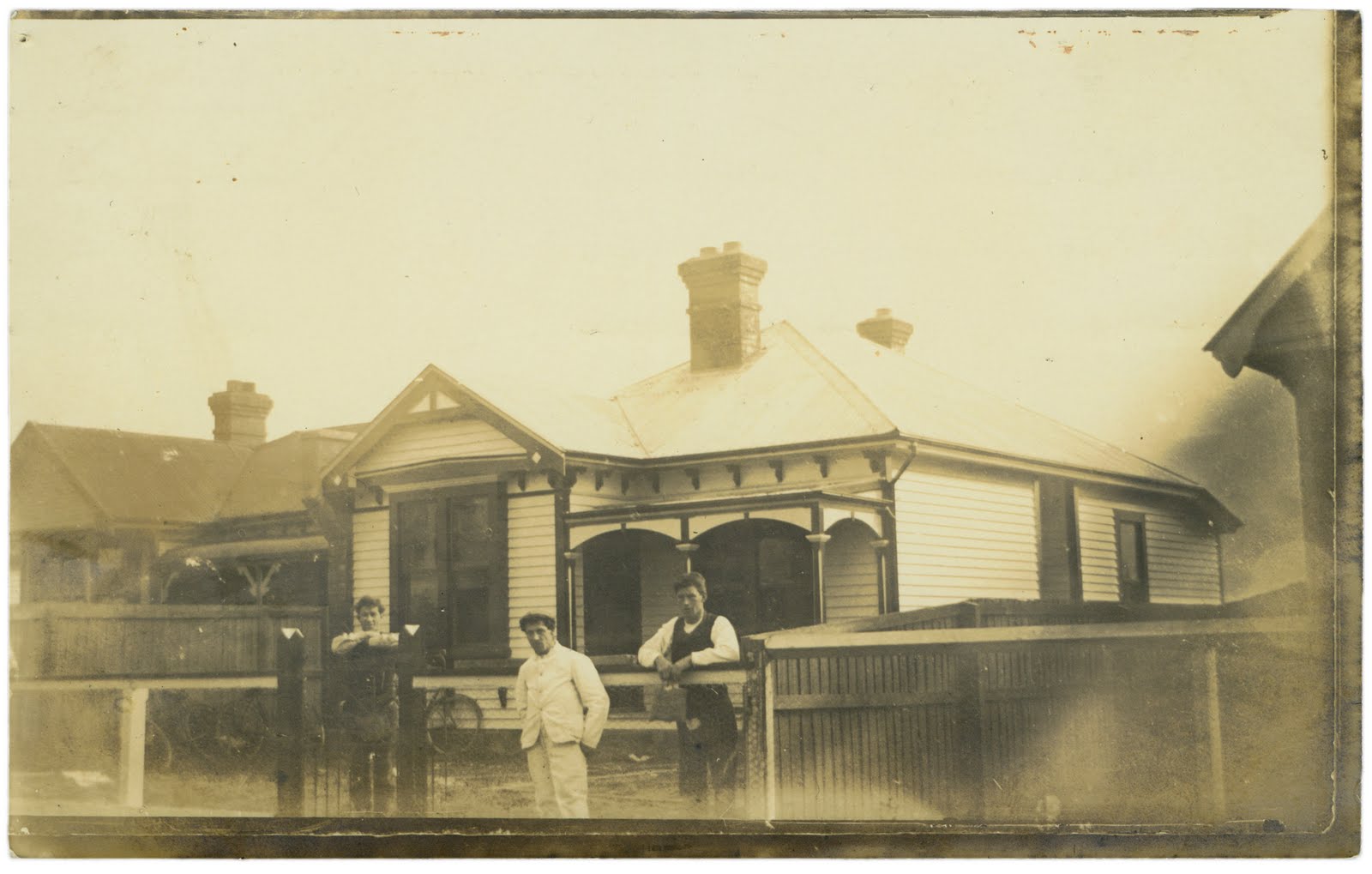
The first has the ubiquitous brown rolling Holland blind surrounded by side curtains. The brown Holland blinds are drawn to the middle of the double-hung window frame, probably as a fashion, as all windows have their blinds positioned exactly at half-mast.
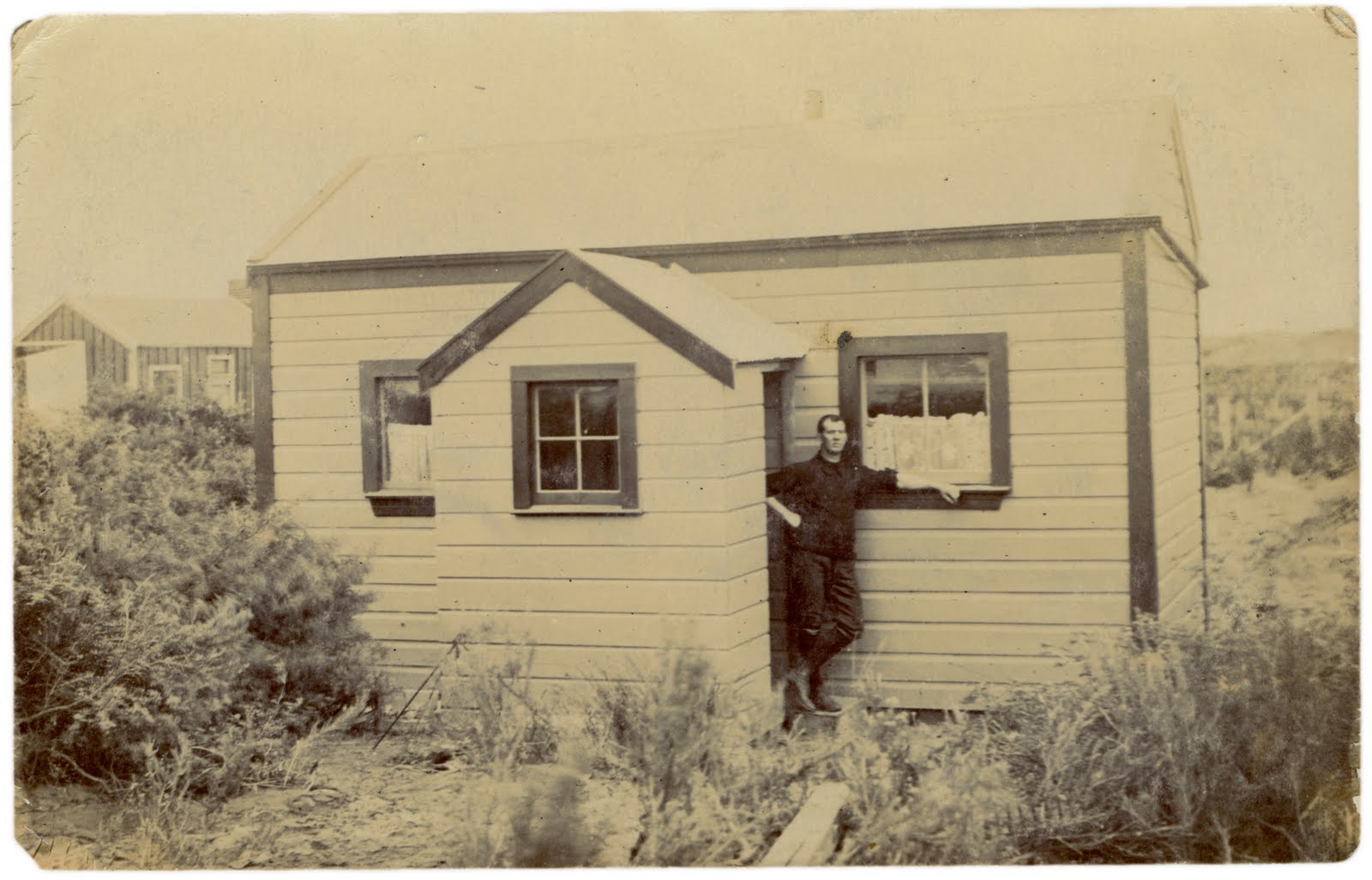
This worker’s cottage has the most modest blinds possible – furled lace curtains draped tightly across a wire only in the bottom half of the window.
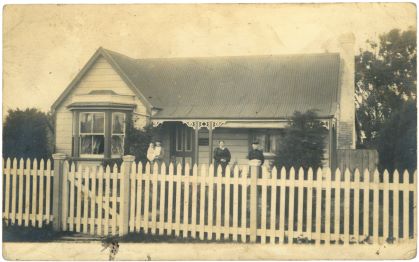
With a more substantial family home, lace window treatments were preferred as they represented a greater sophistication than Holland blinds could provide. Here, they cover the entire window frame.
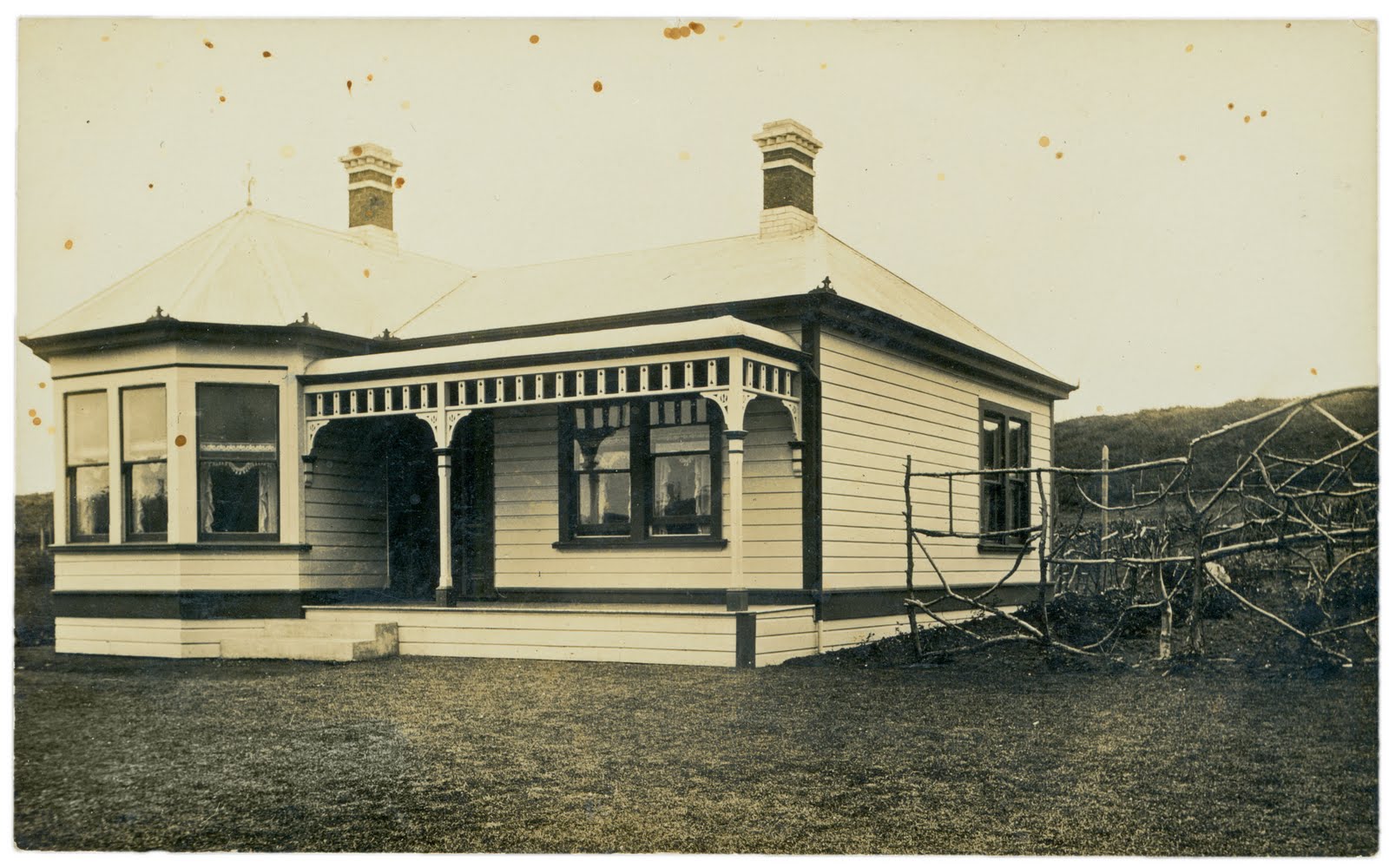
Country homes would sometimes be more elaborate as the inhabitants were often more wealthy than townspeople. This imposing villa has half-mast Holland blinds, lace side curtains and half curtains covering the Holland blinds drawn to the centre of the window frame. The Holland blind not only reduces daylight into the room by 50%, it presents much more privacy for evenings. They never had any thermal purpose.
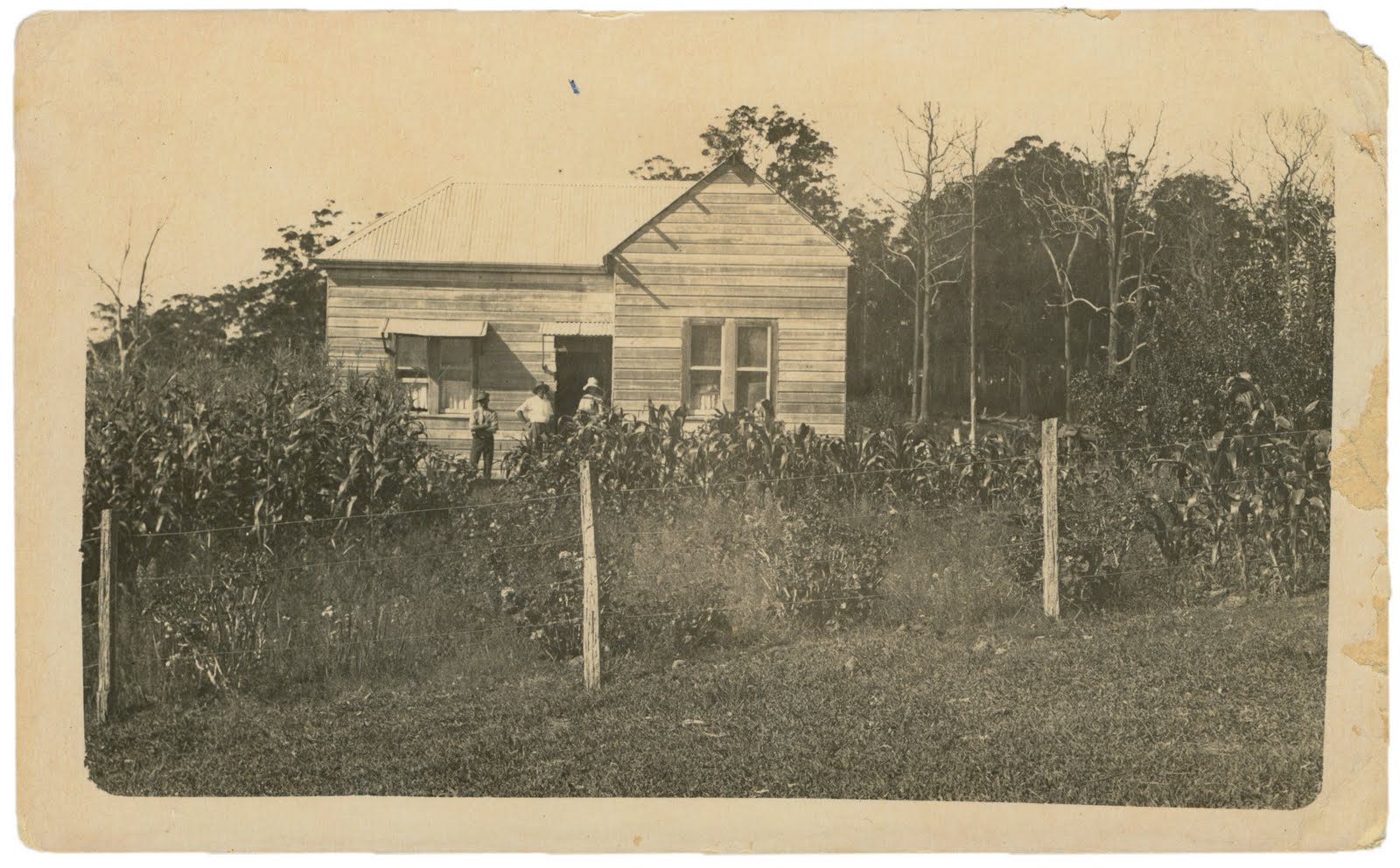
Perhaps the most modest of all these houses is this one with its unpainted weatherboards. With the half-drawn Holland blinds on windows and exceptionally thick lace, this house would have been the darkest of all five examples here.